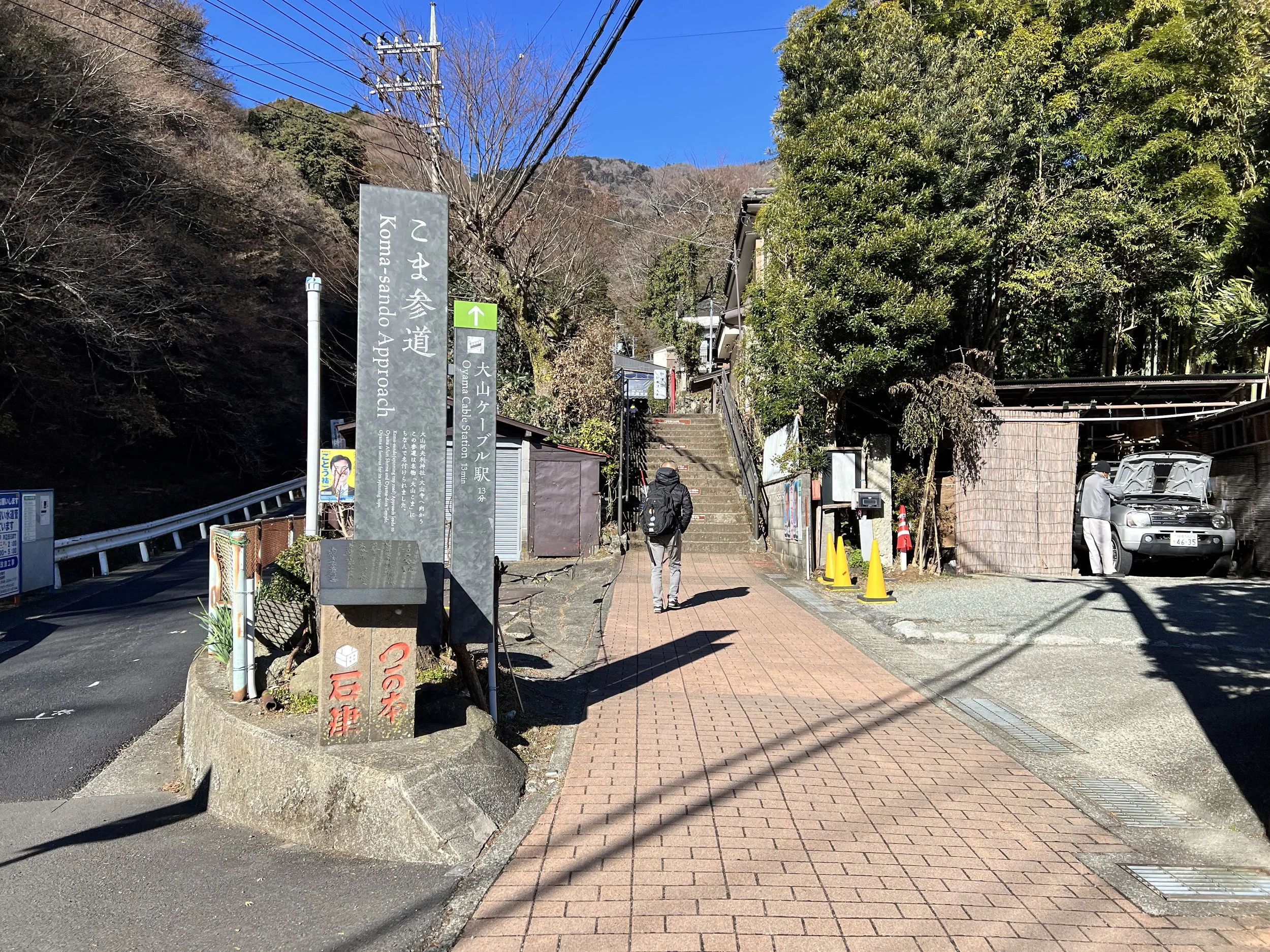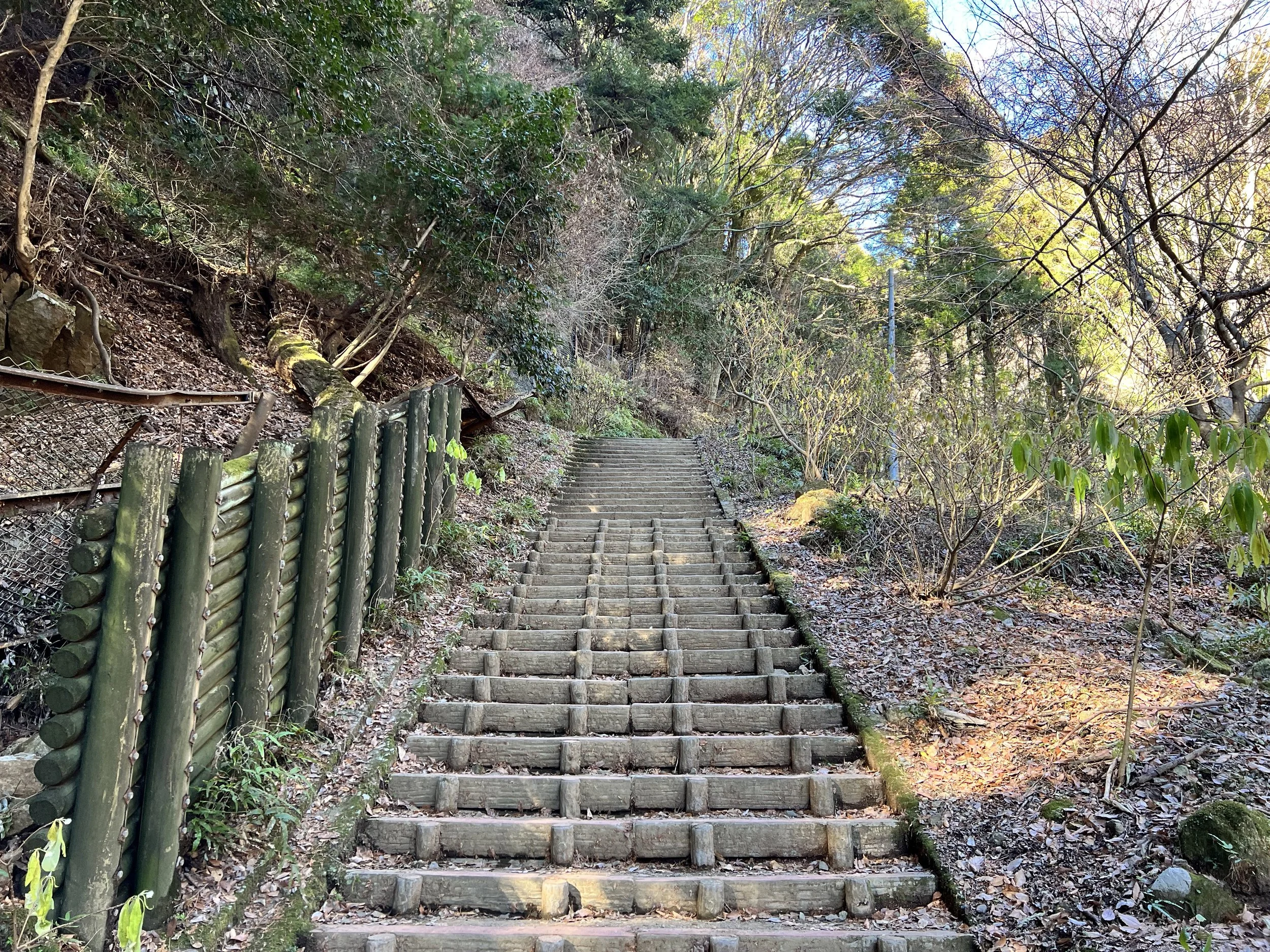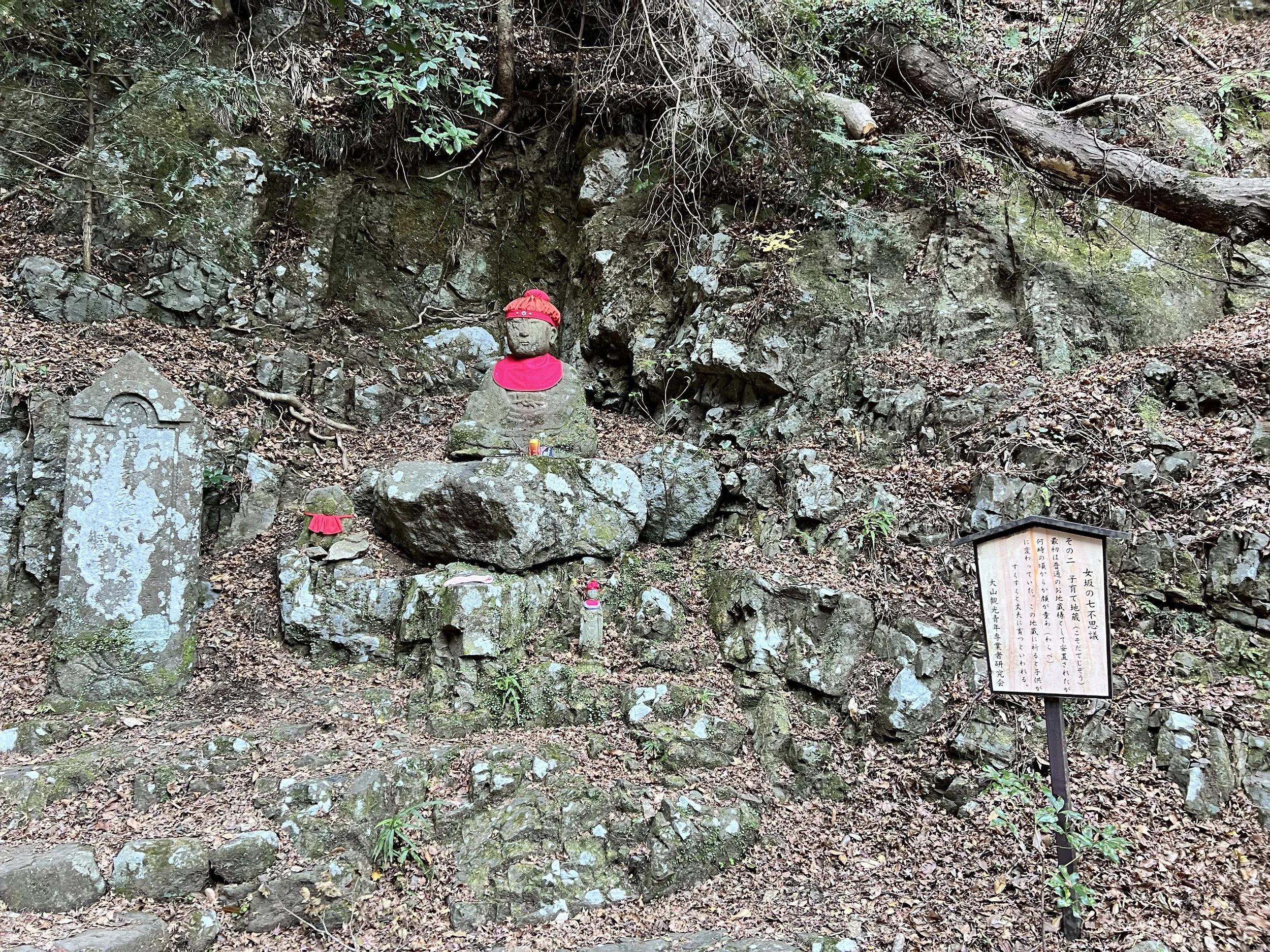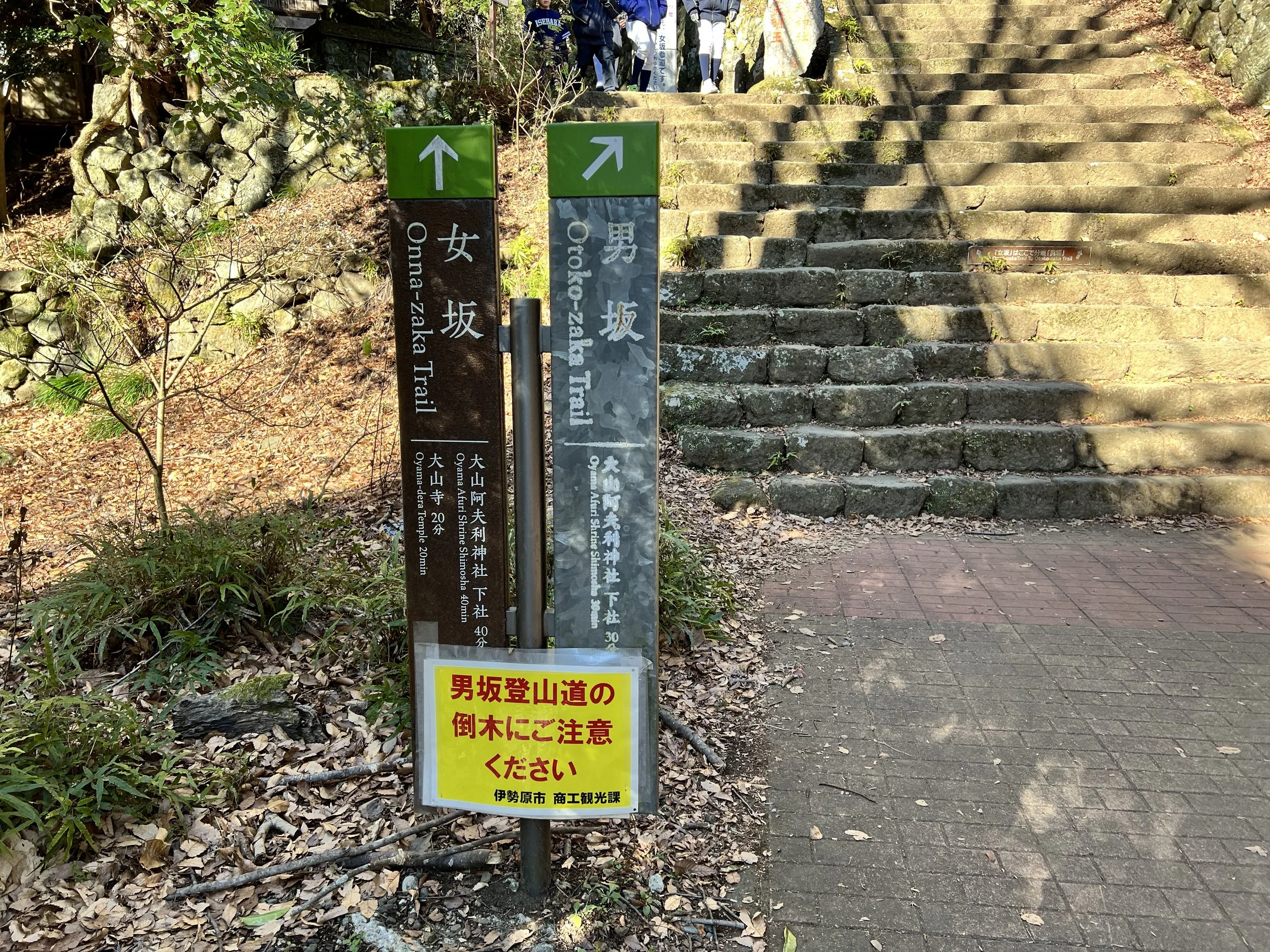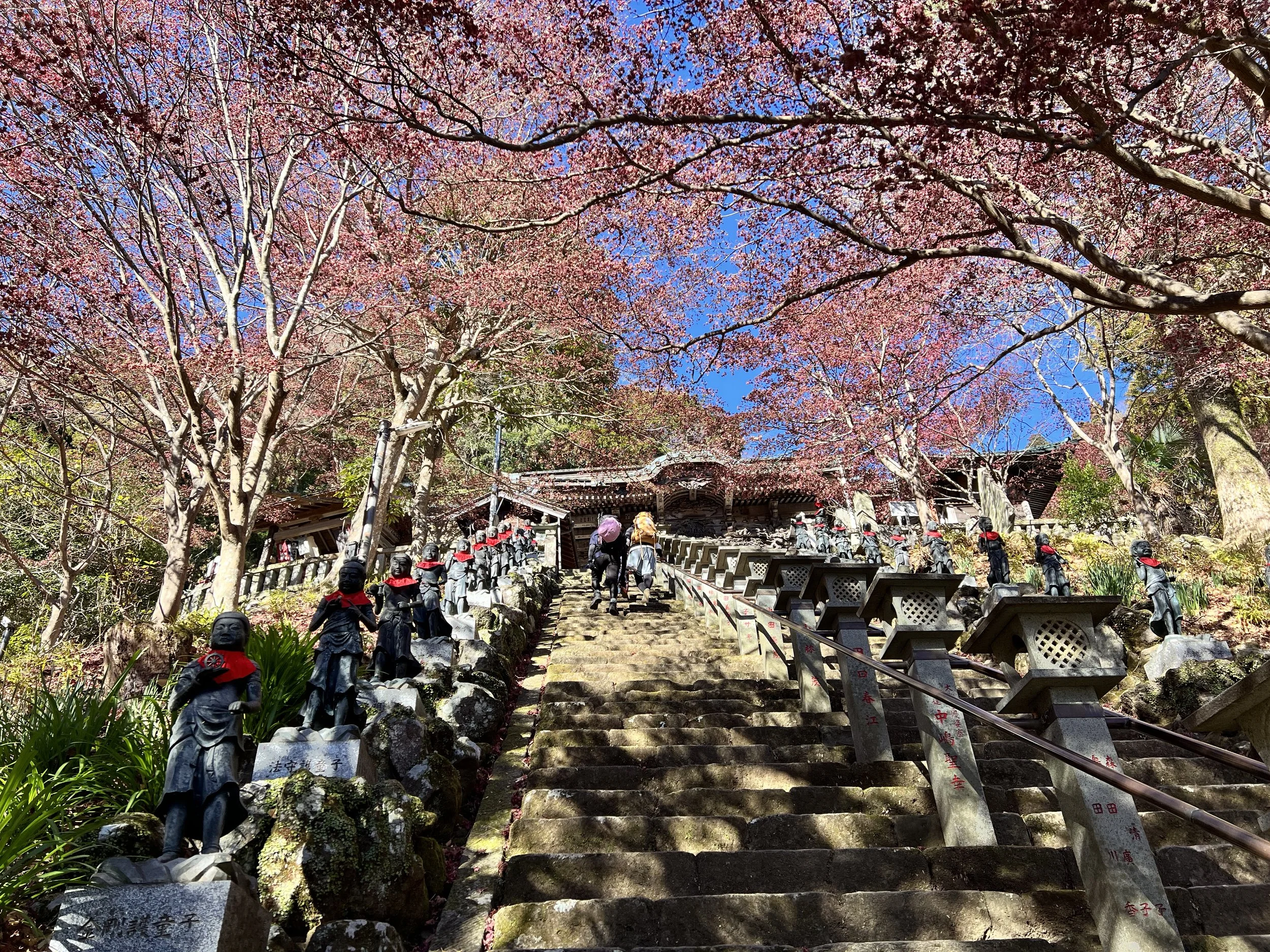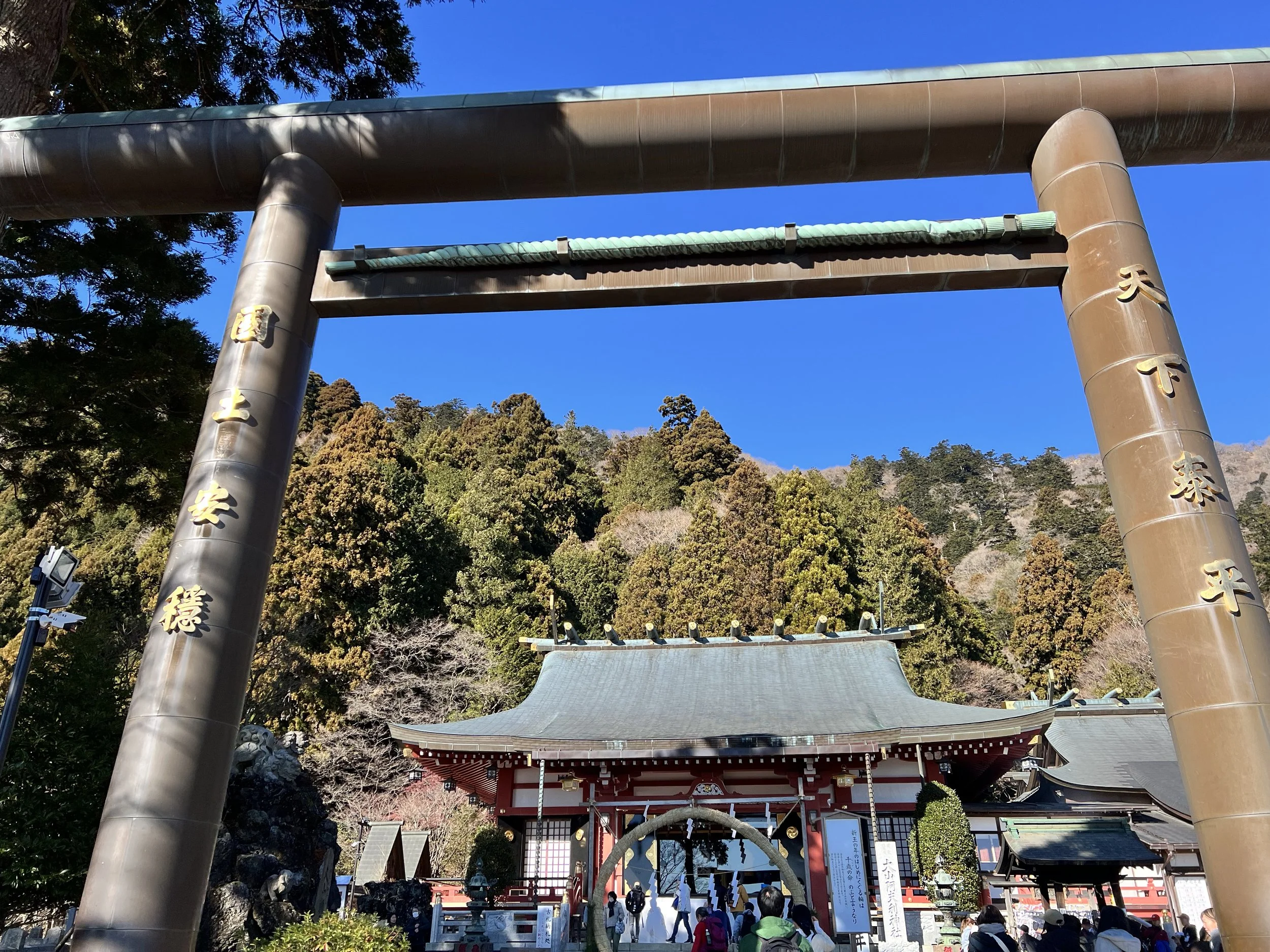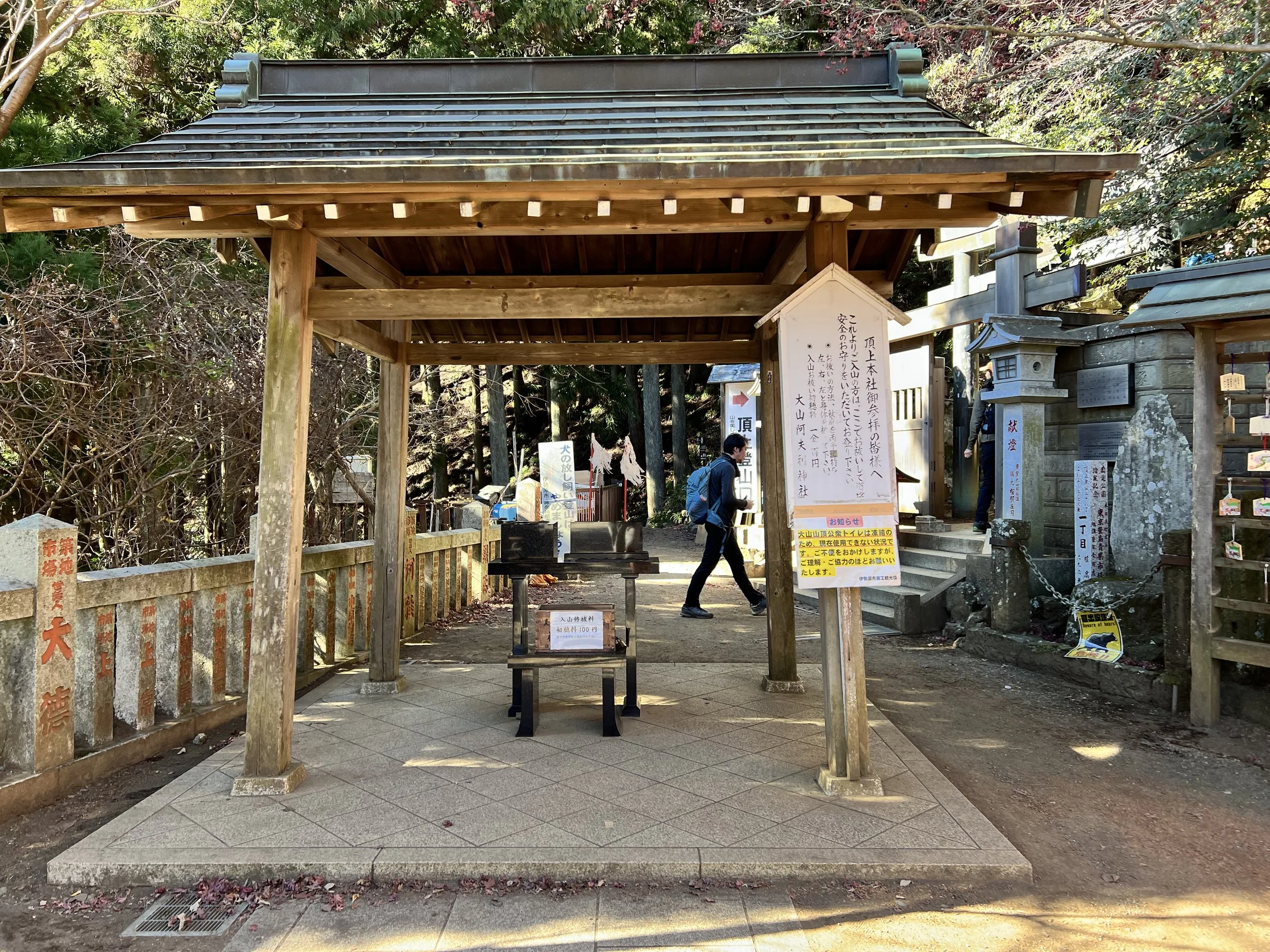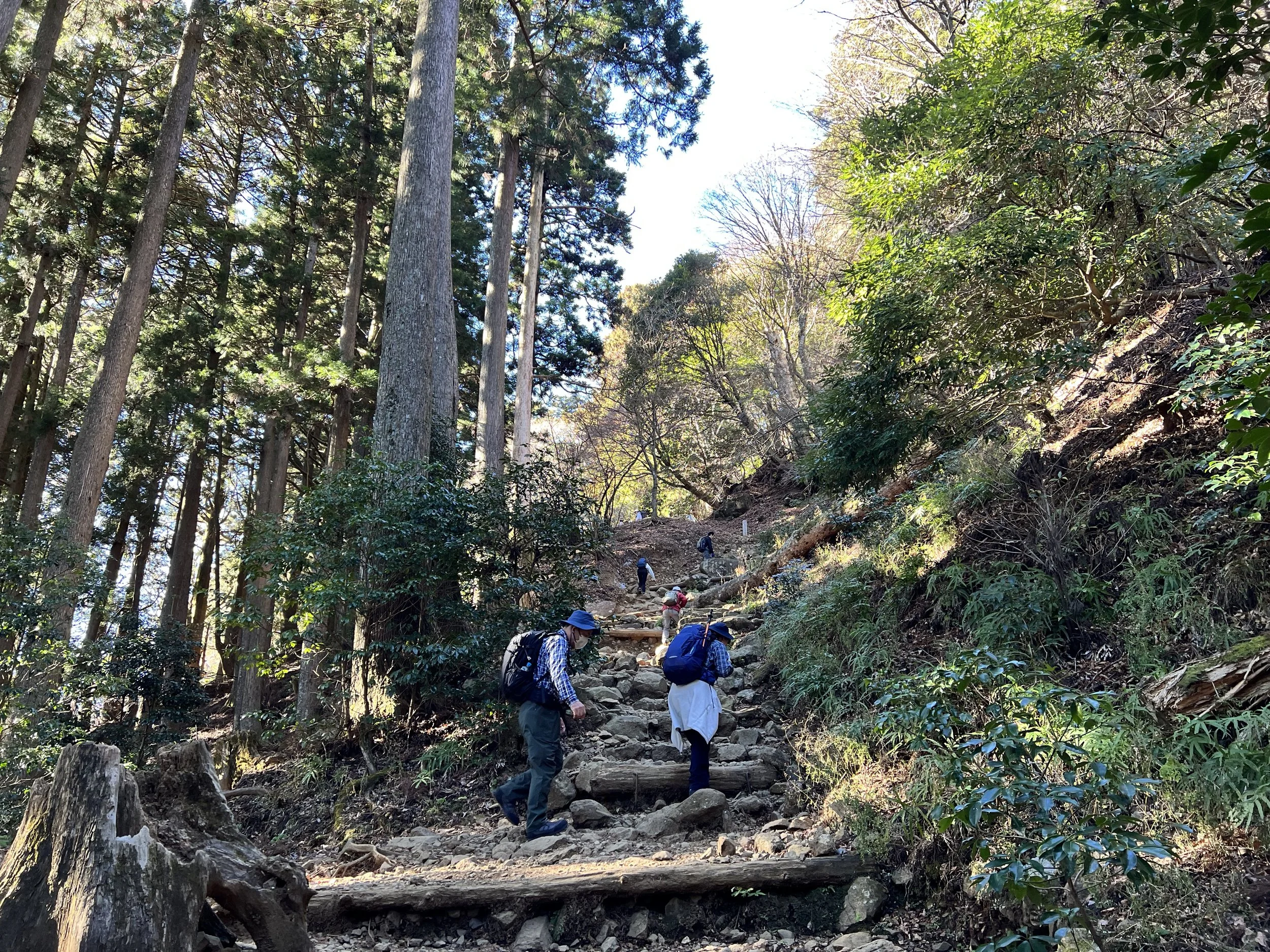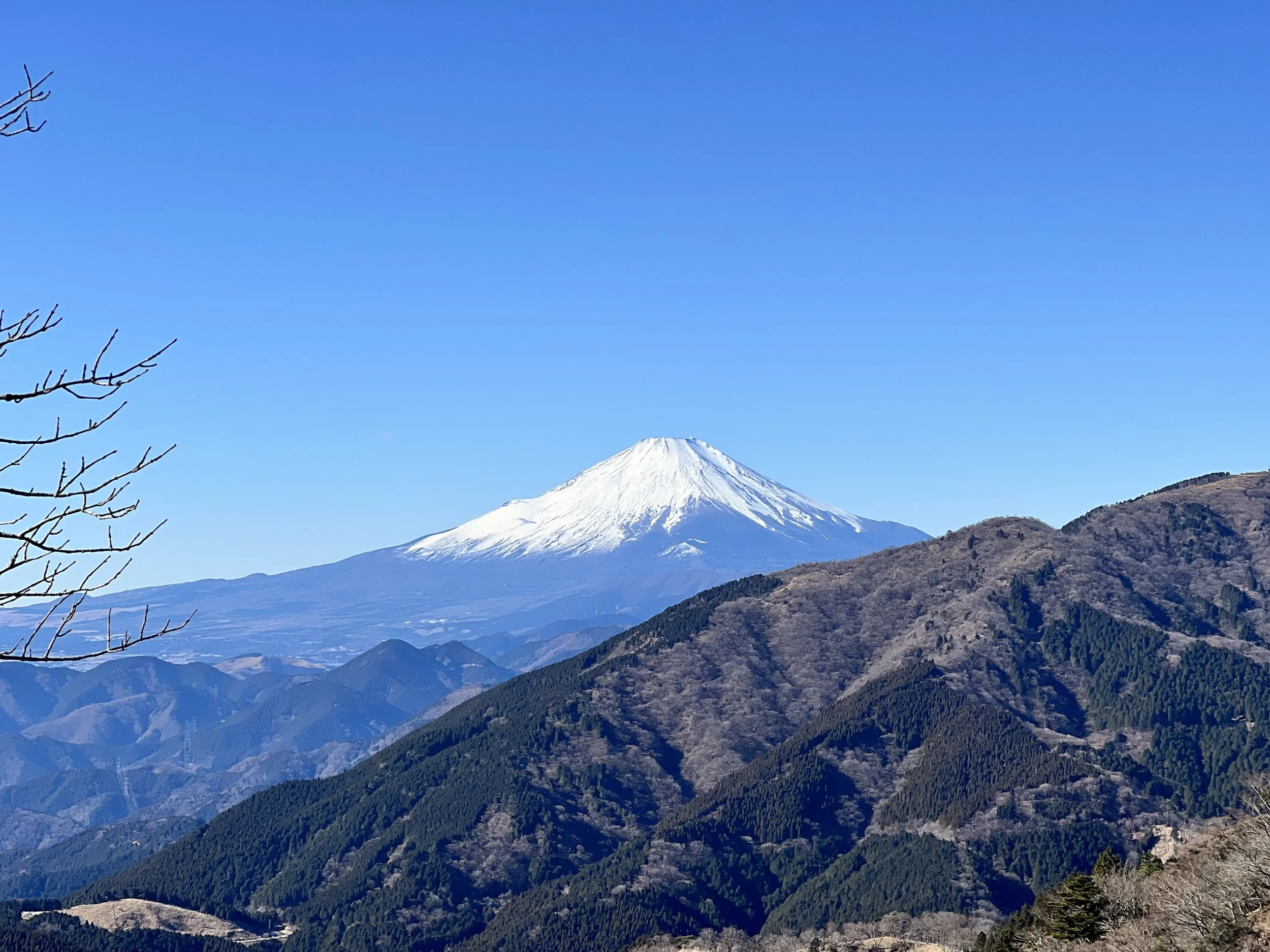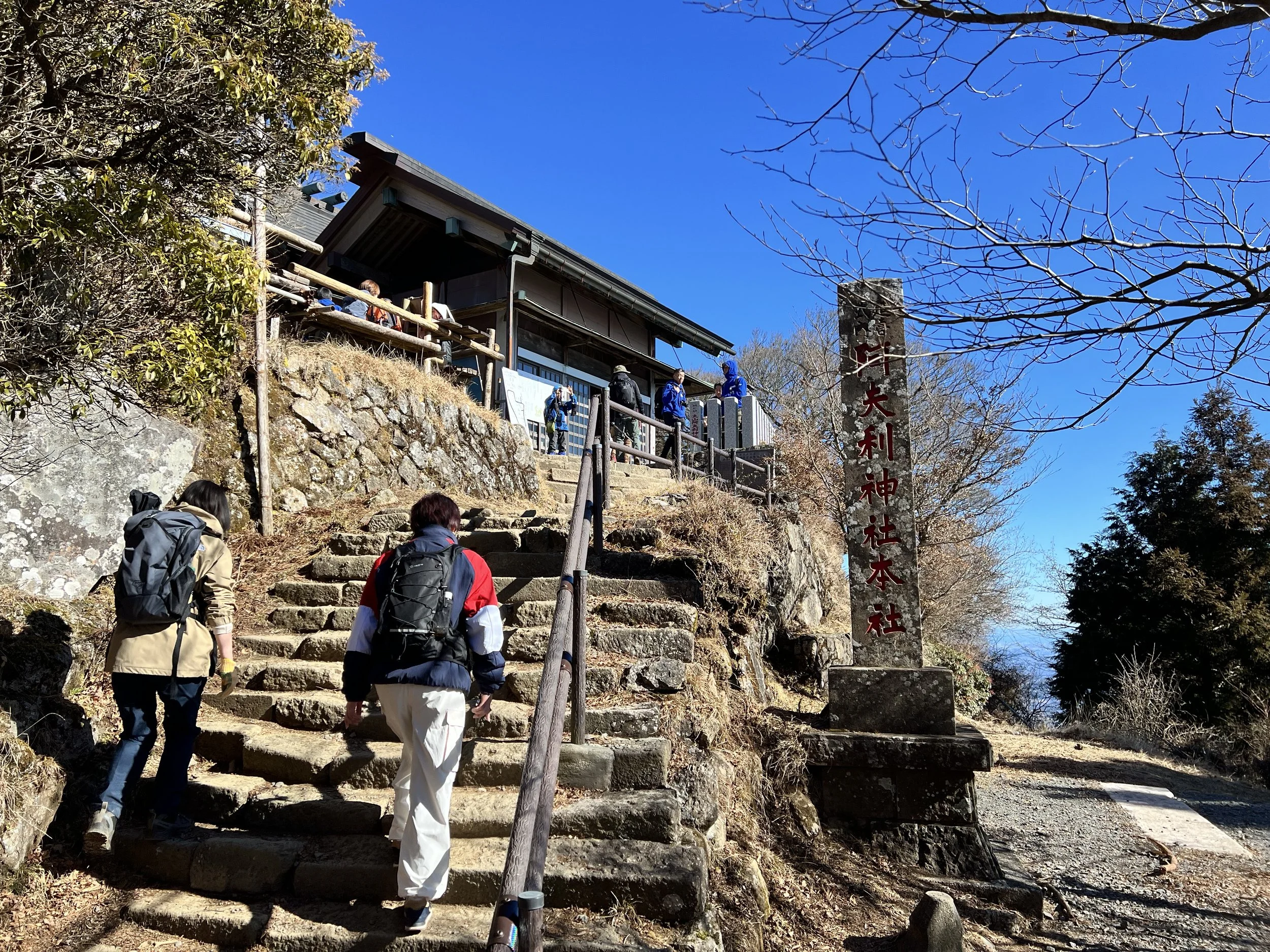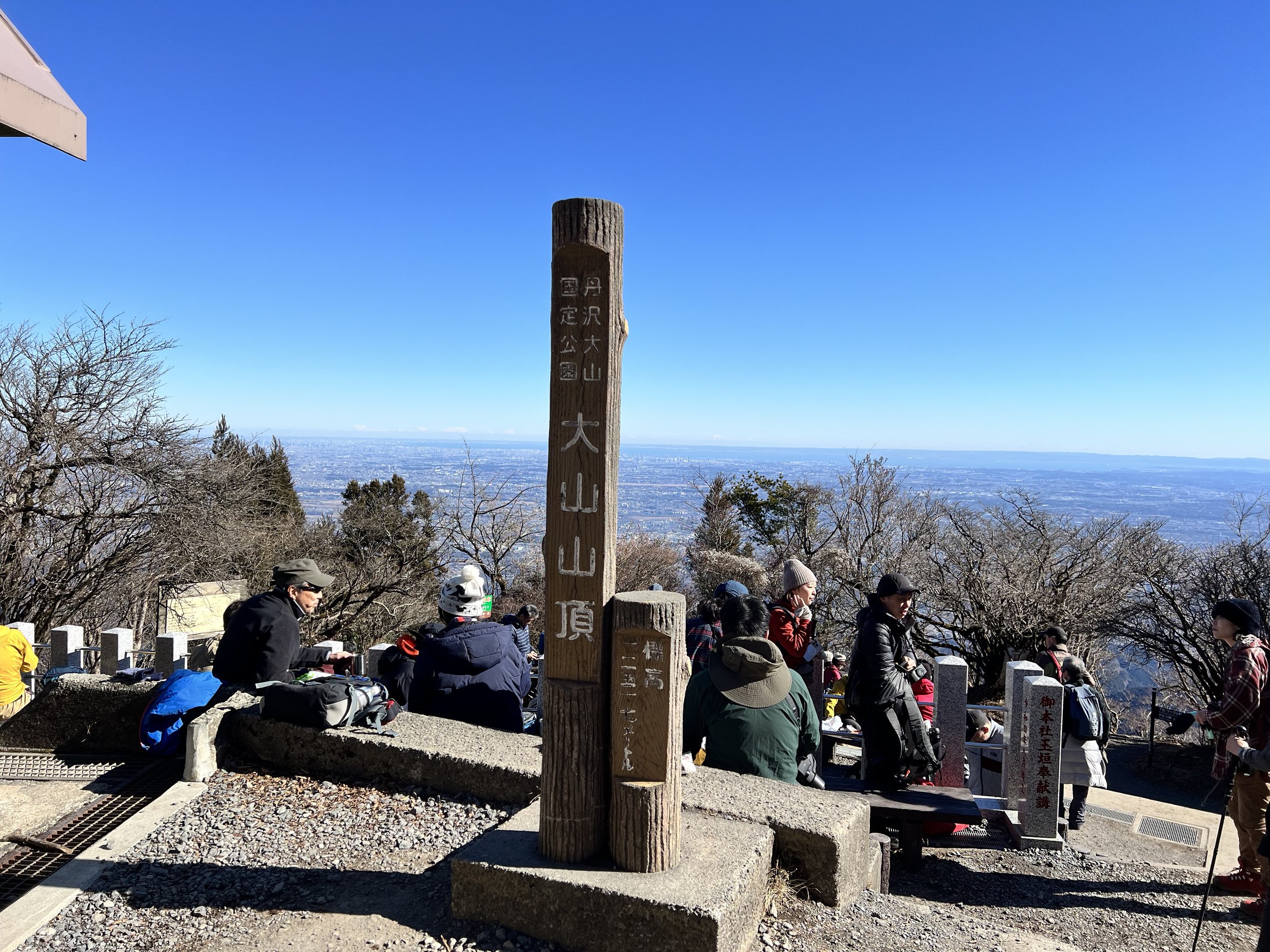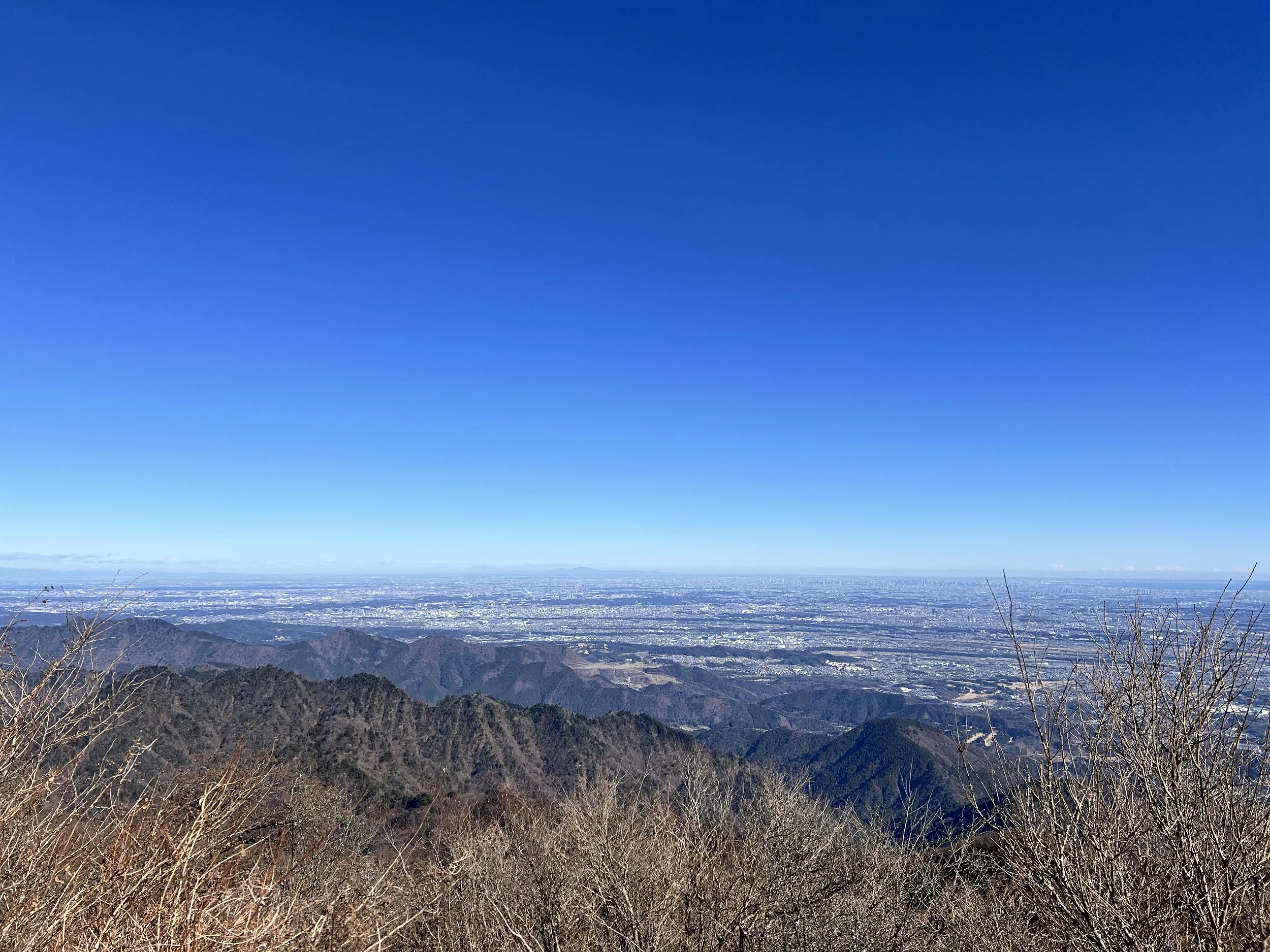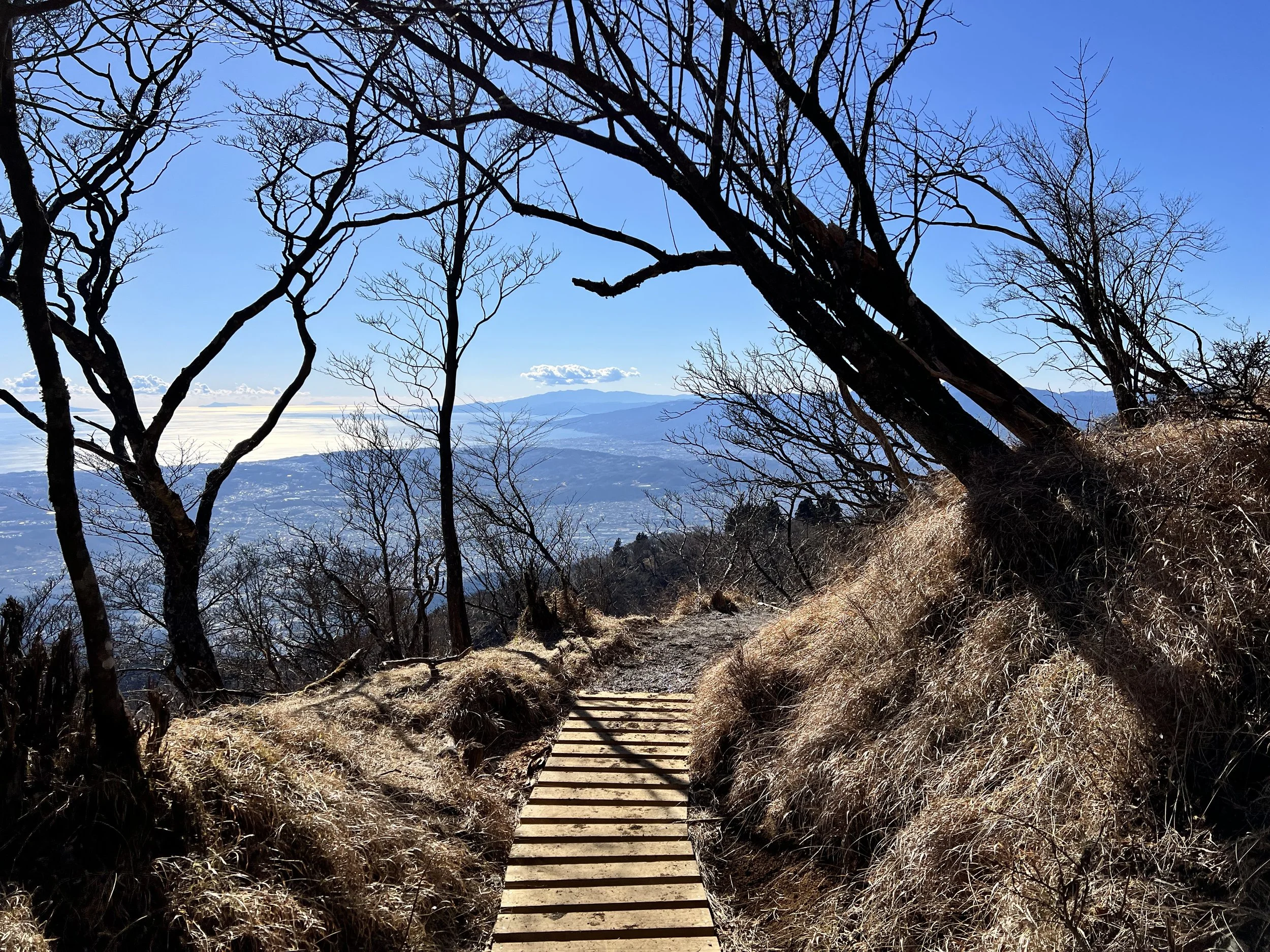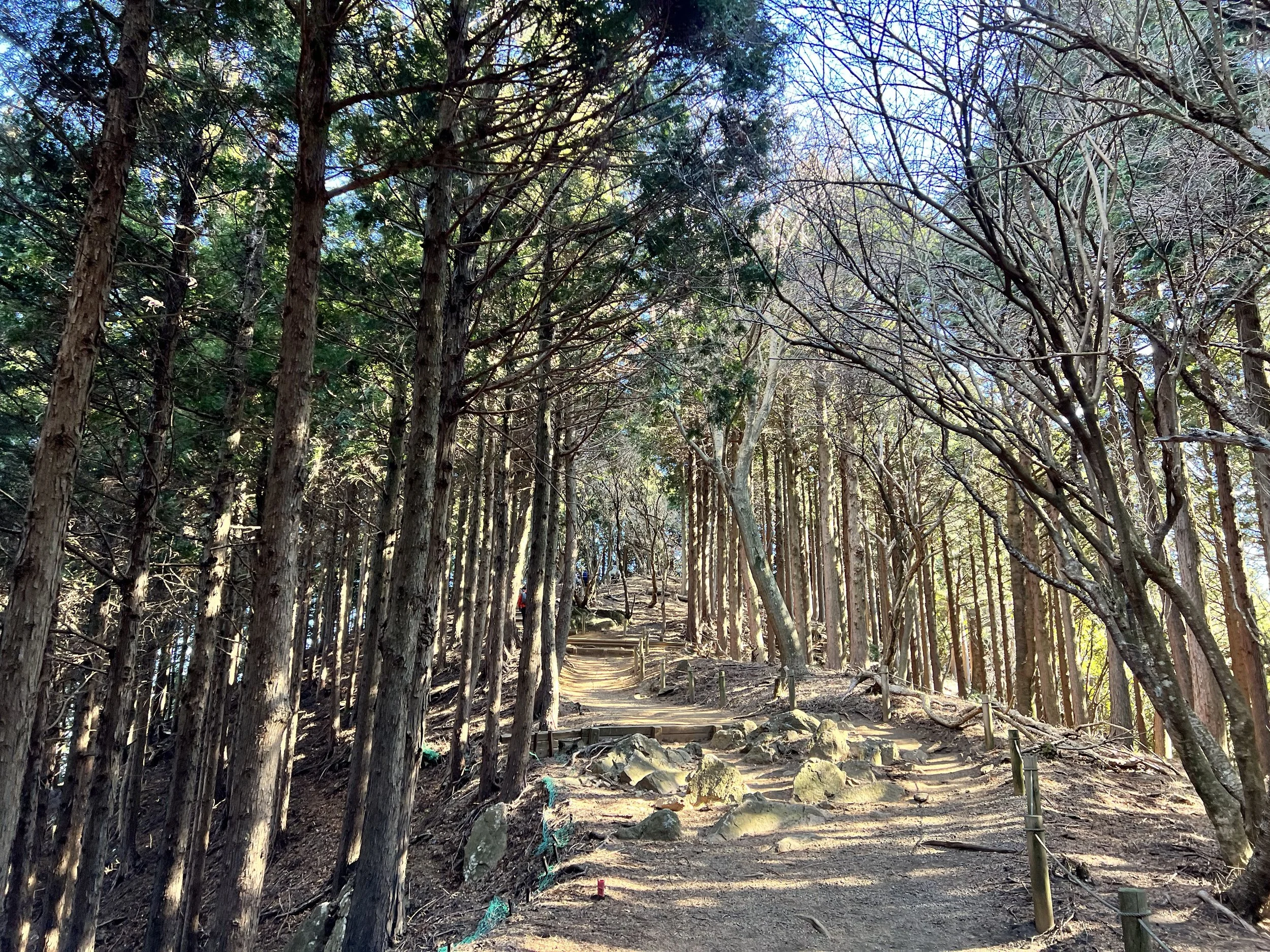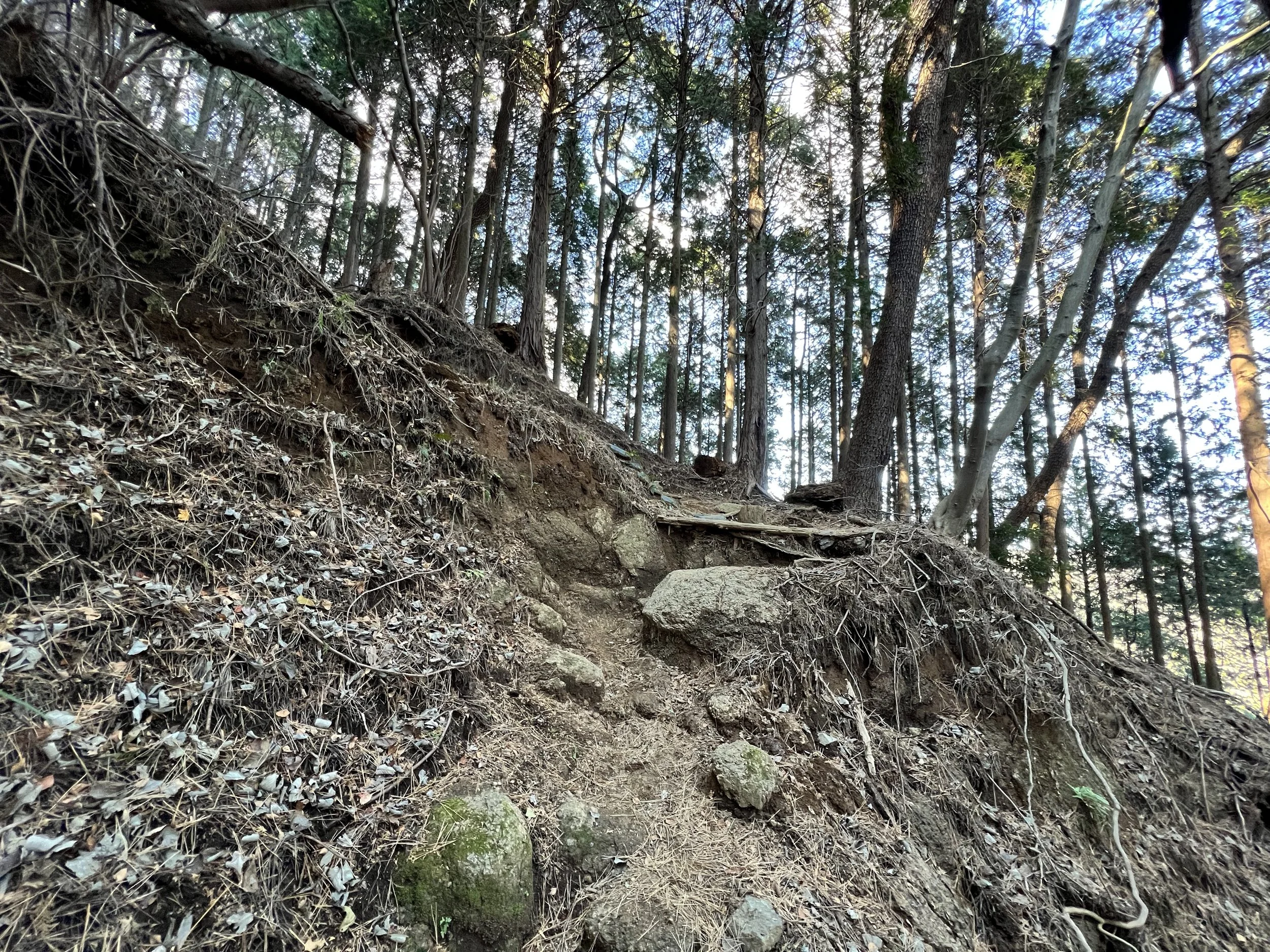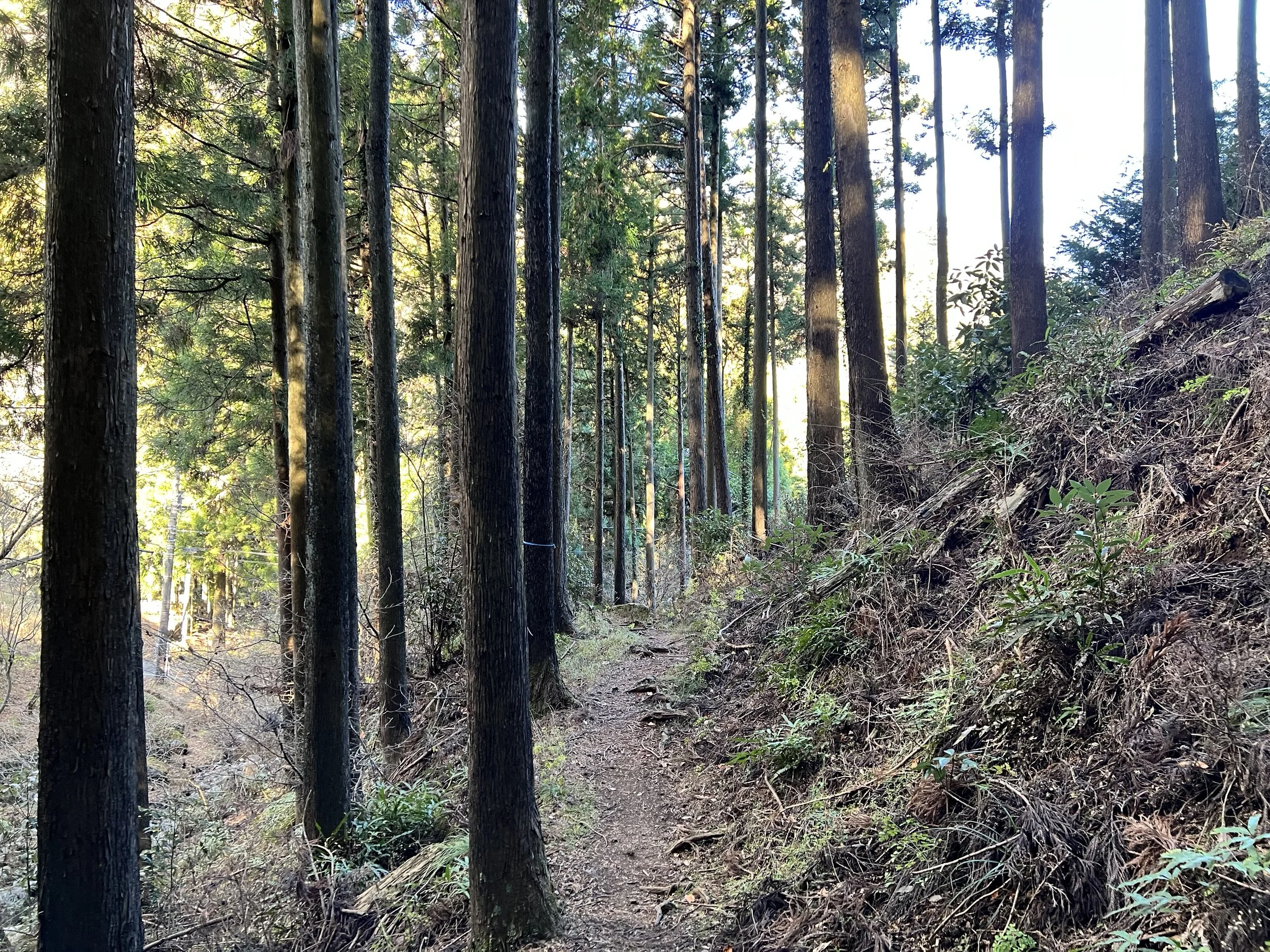Mount Oyama - Kanagawa, Japan
It takes about two hours from Kawasaki Station to the trailhead, so I had planned to leave early—but decided to linger for the hotel breakfast. Though it delayed my start, a good meal always helps keep my energy up for the day ahead. By the time I arrived after the long commute, the trail was already busy. Groups of kids in baseball uniforms mixed with hikers and visitors heading toward Oyama Afuri Shrine (you can also take the cable car to reach this section instead of hiking).
There are two main routes up Mount Oyama: the Men’s Trail (Otoko-zaka), which is steeper and more direct, and the Women’s Trail (Onna-zaka), which is longer but gentler and more scenic. I chose the latter. The trail began with a series of steps and steep climbs, and it took a while for my legs to warm up. Many hikers were moving slowly due to the incline, but once I found my rhythm, I passed quite a few. Before reaching Afuri Shrine, I stopped at Oyama Temple, one of the highlights of the route. The steep staircase lined with trees—still glowing with autumn colours—made it especially photogenic. Some signs were confusing here, but I eventually found my way, occasionally spotting the cable car gliding above.
I reached Oyama Afuri Shrine shortly after. It was packed with people, but the panoramic view over the city below was worth the stop. I didn’t linger too long, though—I wanted to make it to the summit. The trail to the top begins behind the shrine, marked by a sign warning of its steepness and advising hikers to gauge their ability. By then, my legs were ready, and I made steady progress upward. Just before the peak, there were wonderful views of Mt. Fuji.
At the summit, I noticed a long line and wondered what it was for—it turned out to be the tea house, completely full with more people waiting. I couldn’t find a good spot to rest, so after a quick photo break and a visit to the inner shrine, I continued on. Instead of returning the same way, I chose to descend toward Hinata Yakushi to avoid the crowds.
The descent was beautiful—new wooden steps, a few muddy patches, and panoramic views all the way down. It was definitely the better choice: less crowded and more peaceful, though I had to take it slow in a few slippery sections. The trail seemed freshly maintained, which made the descent easier and more enjoyable. I reached Hinata Yakushi with about 45 minutes before the next bus. I considered hiking the extra five kilometres to Yakushi Shrine but decided instead to relax at the nearby café, sip something warm, and wait for the bus.
History & Background
Mount Oyama – Mount Oyama (1,252 m) has long been a sacred mountain in Kanagawa, revered for its connection to rain and agriculture. Since ancient times, locals have prayed here for good harvests and protection from natural disasters. The mountain is home to Afuri Shrine, dedicated to the deity Oyama Afuri no Kami, believed to control water and weather. During the Edo period, it became a popular pilgrimage site, with travellers making the Oyama Mairi journey from Edo (modern-day Tokyo). Today, Mount Oyama remains a beloved destination for both hikers and pilgrims, blending cultural heritage with natural beauty.
Afuri Shrine – Afuri Shrine, located midway up Mount Oyama, dates back over two thousand years and has long been a centre of mountain worship. The shrine’s name, “Afuri,” is said to mean “rainfall,” reflecting its deep ties to water deities. Pilgrims historically climbed here to pray for rain and safe harvests, and many still visit to seek blessings for prosperity and protection. The upper precinct offers panoramic views of Sagami Bay and, on clear days, Mount Fuji—making it both a spiritual and scenic highlight.
Getting There
It took about two hours from where I was staying near Kawasaki Station to reach the foot of Mount Oyama. I took a train to Yokohama, transferred to another line bound for Ebina Station, and then one more short ride to Isehara Station. From there, a local bus dropped me off at the Oyama Cable Car bus stop.
If you’re coming from Tokyo, the most convenient route is the Odakyu Odawara Line express from Shinjuku Station to Isehara Station (about one hour). From the north exit, catch a local bus to the Oyama Cable Car bus stop, where you can either hike up to Afuri Shrine or take the cable car for a quicker ascent.
Route Overview
Distance: 12.42 km (Oyama Cable Bus Stop → Hinata Yakushi Bus Stop)
Total elevation gain: 1,002 m
Duration: 3 hr 34 min (with breaks 3 hr 43 min)
Difficulty: Hard
Peak: Mt Oyama 大山 1252m
Cost Breakdown
Train: Kawasaki Station → Isehara Station — ¥750
Bus: Isehara Station → Oyama Cable Bus Stop — ¥370
